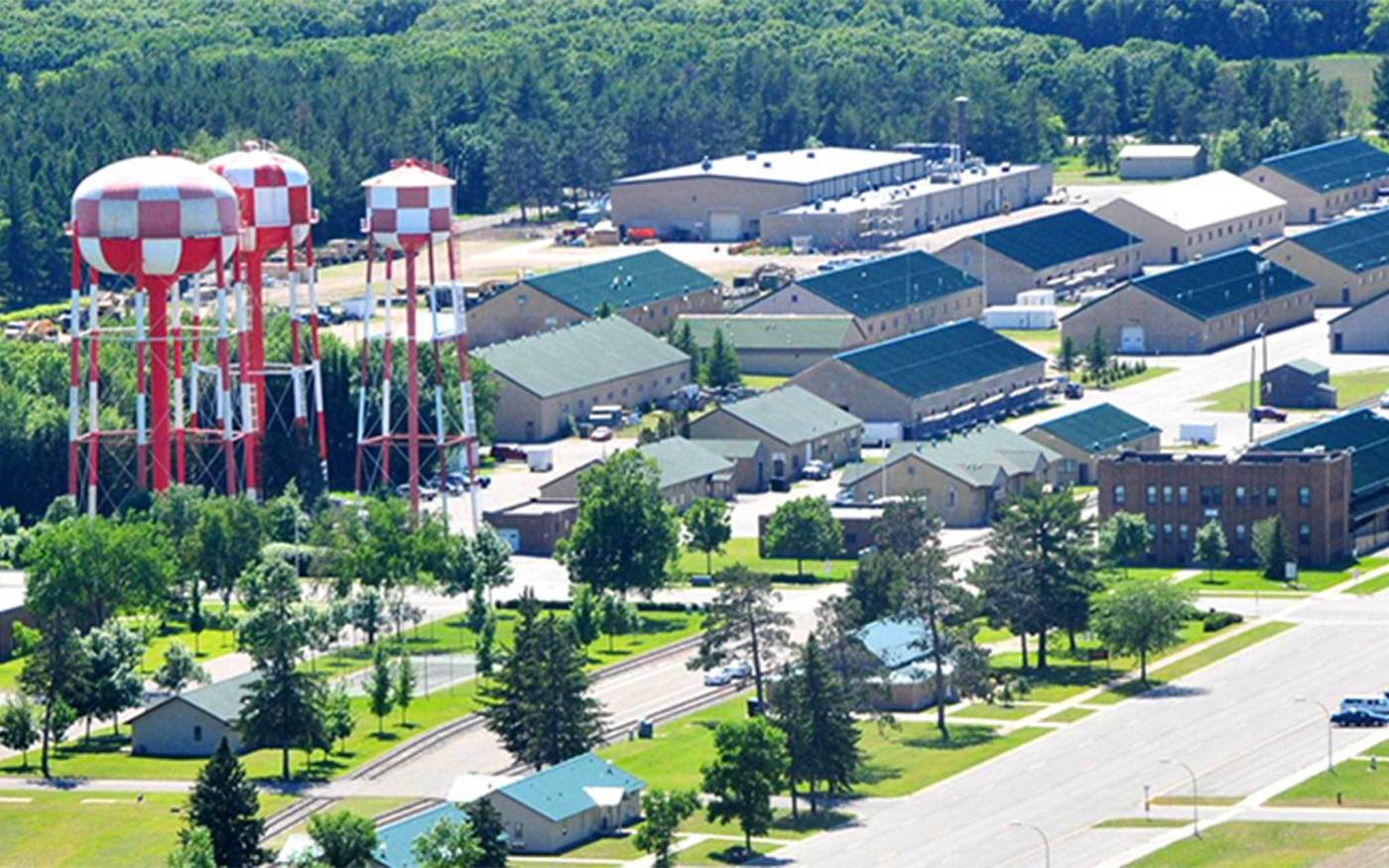
Camp Ripley testing finds ‘forever chemicals’ in nearby wells
LITTLE FALLS, Minn. — Testing has turned up “forever chemicals” in some private wells around Camp Ripley, including one that exceeded federal safe levels for drinking water.
The Minnesota National Guard training facility near Little Falls has been testing its own drinking water for the past several years for PFAS. The chemicals are in firefighting foam that was used for training at the camp until 2017.
Recently, officials expanded testing beyond the camp’s boundaries, as the U.S. Department of Defense deals with a massive PFAS problem at military bases across the country.
Of the 30 wells tested, nearly all had some PFAS chemicals, mostly at low levels. Only one had PFAS above the federal recommended limit for drinking water of 70 parts per trillion, said Capt. William Hermanson, a spokesperson for Camp Ripley.
The defense department’s response when a well tests above the federal standard is to immediately provide either bottled water or a temporary filter, Hermanson said.
“Then we continue to work to get a permanent filtration system on their property as swiftly as we can,” he said. The camp also is coordinating its efforts with the Minnesota Pollution Control Agency and the health department, he said.
PFAS are human-made chemicals known for their durability and tendency not to break down in the environment. Some have been linked to health problems, including low birth weight, kidney and thyroid problems and cancer.
The federal government’s drinking water advisory limit of 70 parts per trillion for two legacy PFAS compounds, PFOS and PFOA, was set in 2016 and is considered by many scientists and regulators to be outdated.
Minnesota uses health advisory guidelines of 15 parts per trillion for PFOS and 35 parts per trillion for PFOA.
Earlier this year, the U.S. Environmental Protection Agency proposed strict limits of 4 parts per trillion — the lowest level that can be reliably measured — for PFOS and PFOA.
If that happens, other wells around Camp Ripley will be affected. Hermanson said the camp will continue testing them every quarter.
“That’s been our goal from day one as we try to stay ahead of this, and make sure that we’re taking care of the people that live in our communities,” he said.
The camp still keeps firefighting foam that contains PFAS on the base in case of an emergency, but it’s no longer used for training, Hermanson said.
The Department of Defense announced earlier this year it would stop purchasing PFAS-containing foam and phase it out entirely in 2024.


